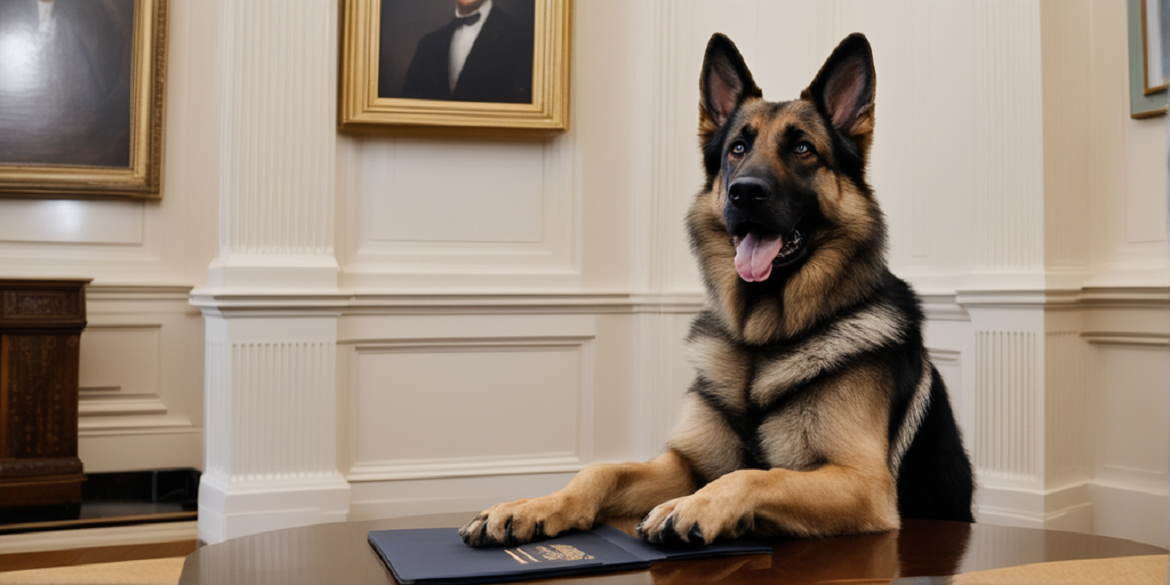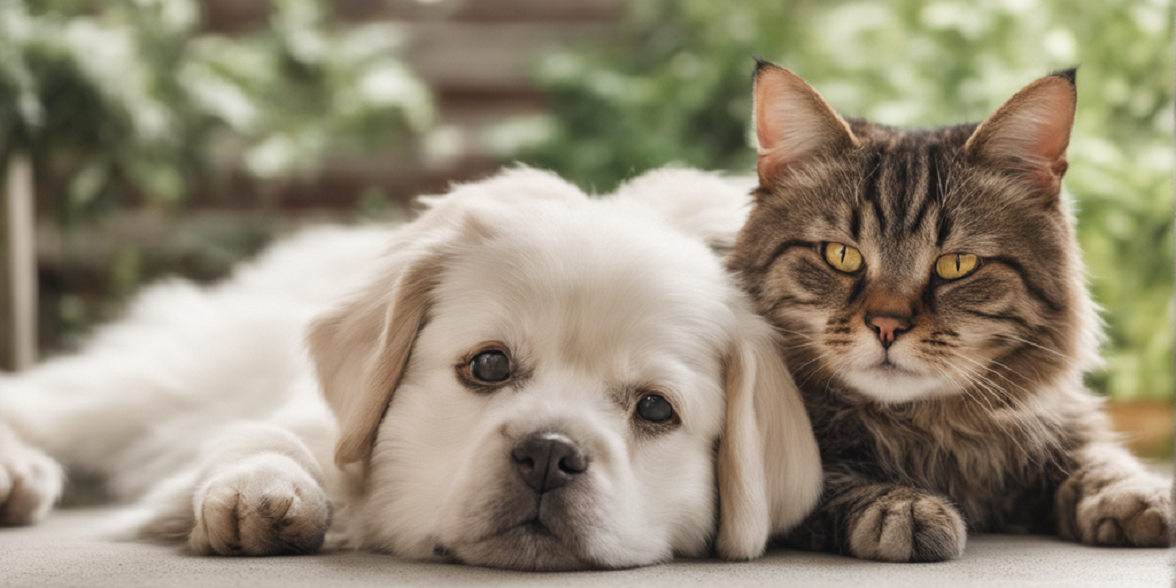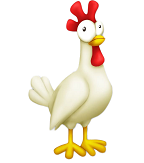Once upon a time in the bustling heart of Washington, D.C., within the hallowed halls of the White House, an unlikely hero emerged. His name was Commander, a dignified German Shepherd with a distinctive black and tan coat. While most would perceive him as just another loyal White House pet, Commander had a secret mission that nobody could have ever expected.
It all began one sunny morning when Commander decided he had had enough of being just a furry face in the presidential residence. He had stumbled upon some peculiar activities and was convinced he needed to step up and take action. What Commander didn’t realize was that he was about to embark on a comically misguided crusade.
You see, Commander had caught wind of rumors circulating in the corridors of power. Whispers of a secret drug stash and Chinese money laundering operation allegedly linked to Hunter Biden and Joe Biden himself had made their way into the dog’s keen ears. Commander, being the patriotic and dutiful canine he was, believed it was his duty to alert the Secret Service agents and White House staff to these grave concerns.
His method of communication, however, left much to be desired.
One sunny afternoon, as Commander lounged in the Oval Office, he spotted a Secret Service agent standing by the president’s desk. Commander decided it was time to spring into action. With all the seriousness of a dog on a mission, he launched himself at the agent’s leg, biting down gently yet insistently.
The agent yelped in surprise, thinking he had been randomly attacked by the president’s dog. “Commander, what are you doing?” he exclaimed, trying to pry the dog’s jaws off his leg.
But Commander was undeterred. He wagged his tail wildly, trying to convey a message, all the while giving the agent his best “I have vital information” stare.
The agent, still bewildered, couldn’t make heads or tails of the situation. “What’s wrong with you, Commander? Bad dog!” he scolded.
Unfazed by the agent’s rebuke, Commander retreated momentarily to regroup and plan his next move. He knew he needed to make the White House staff and Secret Service understand the gravity of the situation. With renewed determination, he set off on a whirlwind campaign of warning bites, nips, and tugs.
The poor staff members and agents were left baffled and bewildered. They couldn’t comprehend why the normally docile Commander had suddenly turned into a canine whirlwind of nibbling and gnawing.
Finally, the situation escalated to a point where Joe Biden himself was forced to intervene. “What’s going on with Commander?” he asked, as he watched his pet dart around the room, sinking his teeth into various arms, ankles, and pant legs.
The head of the Secret Service approached cautiously. “Mr. President, we’re not sure, but Commander seems to be trying to tell us something.”
President Biden raised an eyebrow. “What could it be, boy?” he asked, scratching and sniffing Commander’s head while almost falling.
But Commander, though he meant well, could only bark in frustration, unable to articulate the complex conspiracy he believed was unraveling around him.
In the end, Joe Biden decided that Commander’s actions were too disruptive to the White House and its staff. And made for bad press. Finally, he made the tough decision to send Commander away to a quieter, less politically charged environment, hoping his dog could find peace and happiness elsewhere.
As Commander was escorted out of the White House, he couldn’t help but feel a pang of disappointment. He had tried his best to be a whistleblower, but in the world of politics, even the most well-intentioned dogs could be misunderstood.
And so, Commander disappeared into the horizon, leaving behind a trail of bitten arms, ankles, and a tale of a dog’s misguided quest to protect the nation from viable threats. Little did he know that he would soon become the talk of the town, the infamous dog who tried to warn the world but ended up in the doghouse himself.




